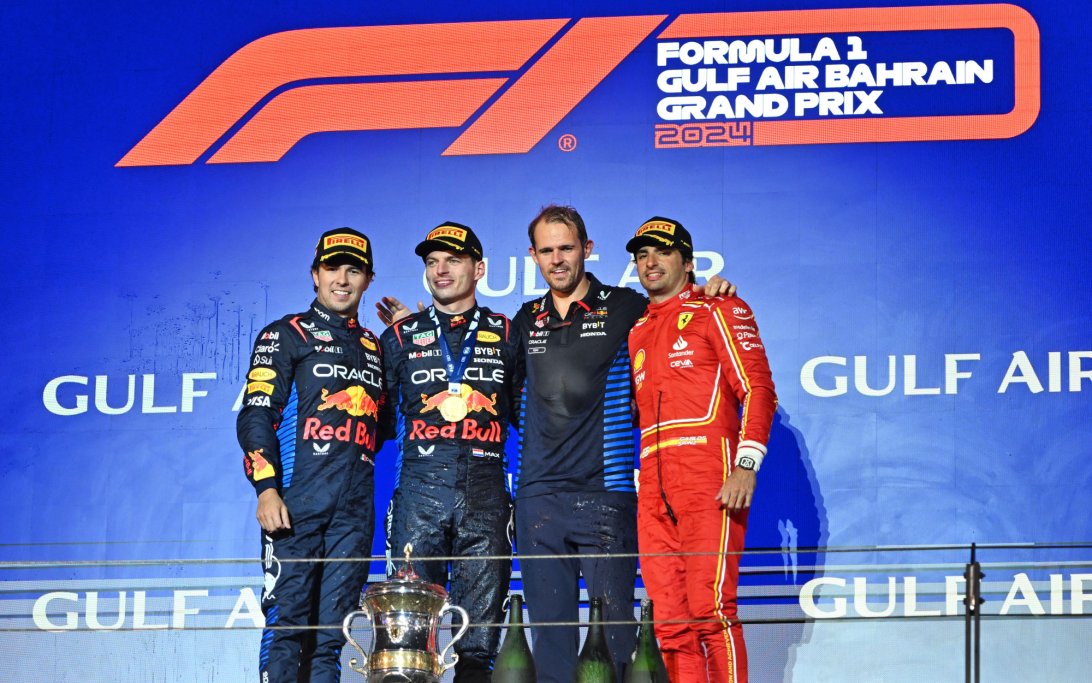
Getting into Formula 1 as a driver requires more than just delivering good performances. It also requires proving oneself to the FIA to be ready for Formula 1. This is done through a Super Licence. What is a Super Licence and how do you get one? You can read all about it here.

A FIA Super Licence is basically the driving licence for Formula 1. The FIA issues it when a driver has proven himself to be good enough to race in Formula 1 and has met a number of conditions. The Super Licence was introduced in the early '90's.
*Over the years, the rules for getting a Super Licence have also changed and tightened from time to time. Among others, Max Verstappen caused an adjustment in the rules. Indeed, he was 17 years old when he entered Formula 1, while a driver must now be at least 18 years old when entering his first Formula 1 race.
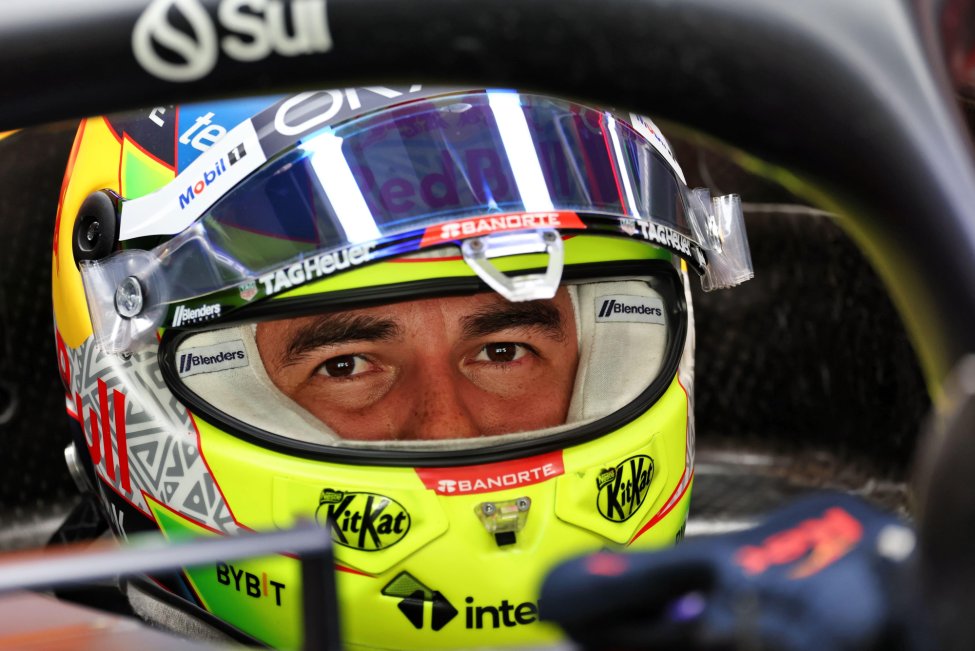
To obtain a Super Licence, a driver must also score a minimum of 40 points in his three most recent racing seasons, in addition to all other rules. The fastest way to achieve this is to finish first in the Formula 2 or IndyCar championship.
The FIA has devised a points system as follows:
Points system for Super Licence
| Racing class | 1st | 2nd | 3rd | 4th | 5th | 6th | 7th | 8th | 9th | 10th |
|---|---|---|---|---|---|---|---|---|---|---|
| FIA Formule 2 | 40 | 40 | 40 | 30 | 20 | 10 | 8 | 6 | 4 | 3 |
| GP2 Series | 40 | 40 | 30 | 20 | 10 | 8 | 6 | 4 | 3 | 2 |
| Europees Formule 3-kampioenschap | 40 | 30 | 20 | 10 | 8 | 6 | 4 | 3 | 2 | 1 |
| Formule E | 40 | 30 | 20 | 10 | 8 | 6 | 4 | 3 | 2 | 1 |
| FIA World Endurance Championship (alleen LMP1) | 40 | 30 | 20 | 10 | 8 | 6 | 4 | 3 | 2 | 1 |
| IndyCar Series | 40 | 30 | 20 | 10 | 8 | 6 | 4 | 3 | 2 | 1 |
| Formule V8 3.5 | 20 | 15 | 10 | 8 | 6 | 4 | 3 | 2 | 1 | 0 |
| GP3 Series | 30 | 20 | 15 | 10 | 7 | 5 | 3 | 2 | 1 | 0 |
| Super Formula | 25 | 20 | 15 | 10 | 7 | 5 | 3 | 2 | 1 | 0 |
| World Touring Car Championship | 15 | 12 | 10 | 7 | 5 | 3 | 2 | 1 | 0 | 0 |
| World Rally Championship | 15 | 12 | 10 | 7 | 5 | 3 | 2 | 1 | 0 | 0 |
| Deutsche Tourenwagen Masters | 15 | 12 | 10 | 7 | 5 | 3 | 2 | 1 | 0 | 0 |
| Indy Lights | 15 | 12 | 10 | 7 | 5 | 3 | 2 | 1 | 0 | 0 |
| SuperCars Championship | 13 | 11 | 9 | 6 | 4 | 3 | 2 | 1 | 0 | 0 |
| FIA Formule 4-kampioenschappen | 12 | 10 | 7 | 5 | 3 | 2 | 1 | 0 | 0 | 0 |
| Nationale Formule 3-kampioenschappen | 10 | 7 | 5 | 3 | 1 | 0 | 0 | 0 | 0 | 0 |
| Formule Renault (Eurocup, Alps, NEC) | 10 | 7 | 5 | 3 | 1 | 0 | 0 | 0 | 0 | 0 |
| F1 Academy | 10 | 7 | 5 | 0 | 0 | 0 | 0 | 0 | 0 | 0 |
| World championship karting (Senior category) | 5 | 3 | 2 | 1 | 0 | 0 | 0 | 0 | 0 | 0 |
In 2020, there has been a rule change that drivers can also earn a Super Licence point when they have driven more than 100 kilometres during free practice in Formula 1.
The Williams team took a risk with Logan Sargeant for the 2023 season. He still needed to gain a number of points for his Super Licence before he could officially progress to Formula 1. He missed out on an important point during free practice at the Mexican Grand Prix, for example. Except for a few kilometres, two red flags meant he was just short of driving 100 km and thus did not receive an extra point. Things eventually worked out for the American and he will drive his first season in Formula 1 at Williams in 2023.
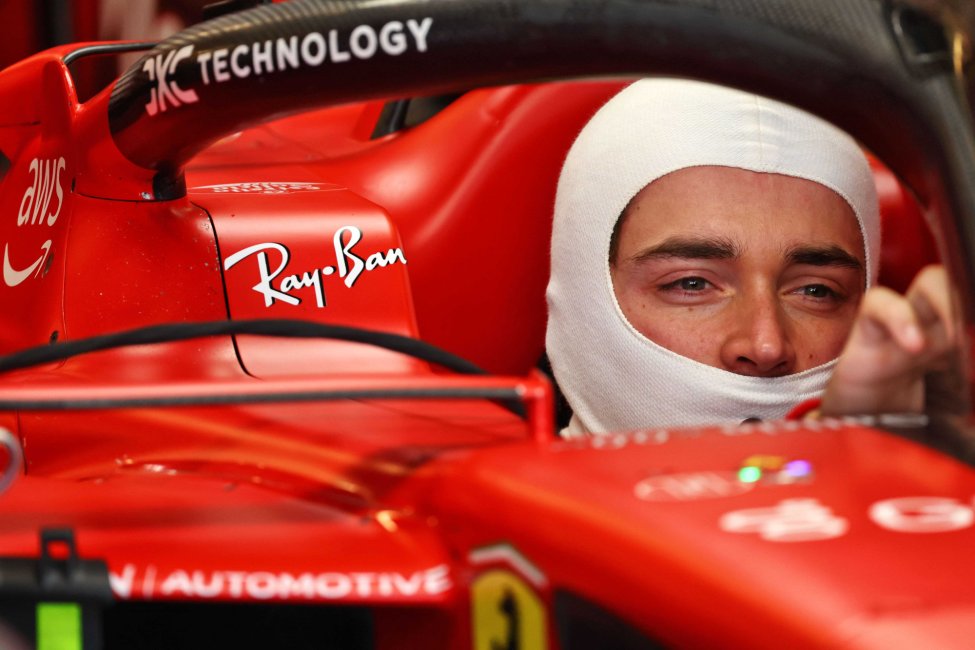
The FIA also made a notable change in the number of points to be gained for the Super Licence during the corona crisis. Instead of a minimum of 40 points, drivers only had to achieve a minimum of 30 points to make their entry into the king class. However, this was only possible if it was proven that the driver had been unable to prove himself properly due to force majeure. This temporary change helped AlphaTauri driver Yuki Tsunoda, but then also Nikita Mazepin, secure a seat in Formula 1.
Besides all the rules a driver has to comply with, there is also a fee to be paid to obtain a Super Licence.
The fee for this is structured as follows:
Curious about what all drivers of the 2023 season had to pay for their super licence? Then check out this article.
Drivers can also receive penalty points on their Super Licence after committing an offence. If a driver receives 12 penalty points in a year, he is suspended for the next race. Since the introduction of this system, this has actually never happened.
The table below shows the list of all current drivers on the grid, the number of penalty points they have on their Super Licence and when they expire. The table has been updated up to and including the Italian Grand Prix.
Super licence penalty points standings 2024
| Driver | Number of penalty points | Expire on |
|---|---|---|
| Kevin Magnussen | 12 | 3 (March 9 2025), 2 (April 21 2025), 3 (May 4 2025), 2 (May 5 2025), 2 (September 1 2025) |
| Sergio Perez | 8 | 1 (September 17 2024), 4 (September 24 2024), 2 (November 26 2024), 1 (March 9 2024) |
| Fernando Alonso | 8 | 3 (March 24, 2025), 3 (April 20 2025), 2 (June 30, 2025) |
| Lance Stroll | 5 | 3 (November 17 2024), 2 (April 21 2025) |
| Logan Sargeant | 4 | 2 (October 28 2024), 2 (April 21 2025) |
| Max Verstappen | 4 | 2 (November 19 2024), 2 (June 30, 2025) |
| Nico Hulkenberg | 4 | 2 (June 29 2025), 2 (September 1 2025) |
| Esteban Ocon | 3 | 1 (May 5 2025), 2 (May 26 2025) |
| Daniel Ricciardo | 3 | 2 (April 21 2025), 1 (September 1 2025) |
| George Russell | 2 | 2 (November 19 2024) |
| Valtteri Bottas | 2 | 2 (October 29 2024) |
| Carlos Sainz | 1 | 1 (May 5 2025) |
| Lewis Hamilton | 0 | - |
| Yuki Tsunoda | 0 | - |
| Zhou Guanyu | 0 | - |
| Lando Norris | 0 | - |
| Pierre Gasly | 0 | - |
| Alex Albon | 0 | - |
| Charles Leclerc | 0 | - |
| Oscar Piastri | 0 | - |
Previously, Romain Grosjean was suspended for a major crash during the start of the 2012 Belgian Grand Prix (pictured) and Yuji Ide, who literally drove Christijan Albers upside down during the Grand Prix at the Imola circuit. Not only was he suspended, but his Super Licence was also revoked. Read more about his suspension and other notable Formula 1 suspensions here.
After the 2024 Italian Grand Prix, Kevin Magnussen has accumulated twelve penalty points, exceeding the maximum allowed on his superlicence. As a result, the Dane receives a race ban and will miss the Azerbaijan Grand Prix. Kevin Magnussen is the first F1 driver ever to receive a race ban following the introduction of the penalty points system for the superlicence.
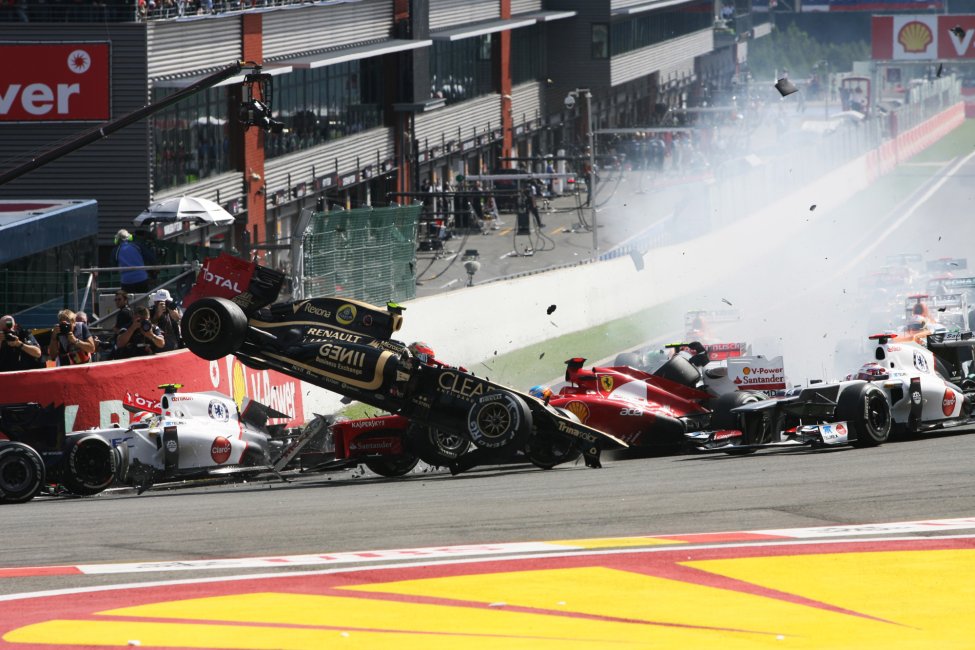
However, the penalty point system is constantly under critical scrutiny for adjustment. Indeed, Pierre Gasly, for instance, was just two points away from a 2022 suspension, even though he has not been guilty of fierce offences. For example, a driver previously received penalty points for exceeding the track limits or keeping too much space during a safety car situation, but this has now been adjusted.
Yes, they can. As described earlier, Yuji Ide's superlicence was revoked after a crash, but also if a driver does not participate in an official F1 event in three years, the superlicence will be revoked.
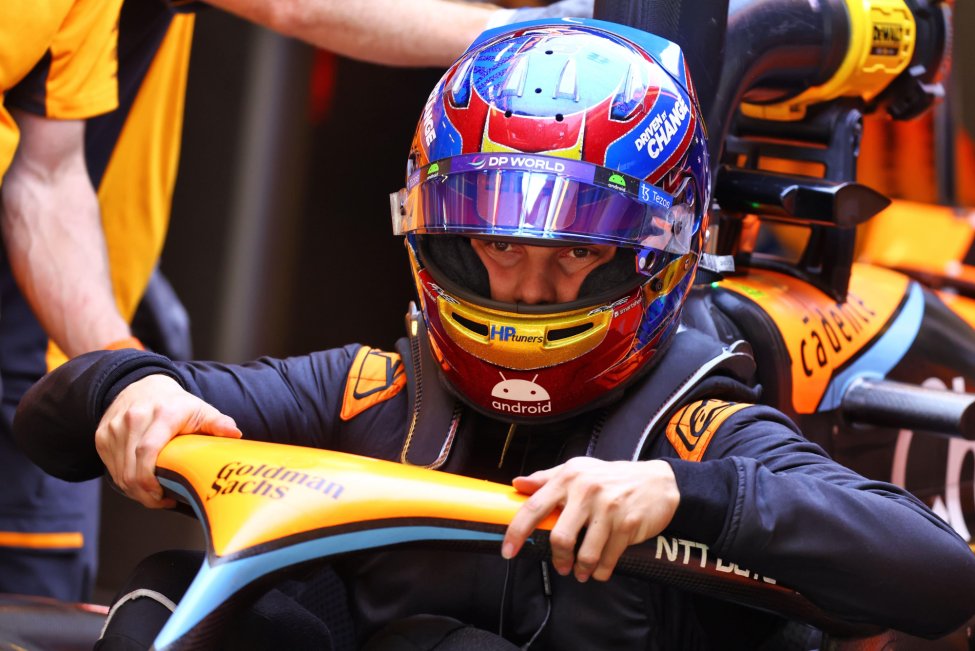
The Super Licence shows only one nationality, even if the driver has a dual nationality. This is chosen by the driver himself. Max Verstappen, for example, has dual nationality, namely Dutch and Belgian. His Super Licence shows the Dutch nationality.
Red Bull's test and reserve driver Liam Lawson has at least scored enough points and has his super licence in the pocket. He is regularly mentioned as a potential driver for Formula 1, for example as a replacement for Sergio Perez. At the Dutch, Italian and Singapore Grands Prix, Liam Lawson was allowed to fill in at AlphaTauri for Daniel Ricciardo, who was unable to drive due to a fracture in his hand.
The New Zealander is now focusing mainly on his Japanese adventure in the Super Formula class and is trying to put in the best possible performance with a view to the future.

To qualify for an F1 superlicence, a driver must meet certain criteria. Firstly, they must be at least 18 years old. Additionally, they must attain a specific number of superlicence points by performing in lower racing categories. For Formula 1, a minimum of 40 superlicence points is required. These points can be earned through high placements in other motorsport categories and by participating in free practice sessions within Formula 1.
FIA stand for Fédération Intenrationale de l'Automobile. The FIA is an non-profit assocation that represents the interest of motoring organisations.
The costs of a super licence within Formula 1 are structured as follows: Firstly, there is a fixed amount of €10,400, which applies when a driver makes their debut in Formula 1 or returns after their previous super licence has expired. Additionally, there is a variable amount determined based on the World Championship (WK) points from the previous season. For each earned WK point, a fee of €2,100 is charged.
In the 2023 season, Max Verstappen set a remarkable record by paying the highest amount ever for his superlicence. The amount he had to pay, €963,800, garnered a lot of attention, and the driver himself called it absurd. The Dutchman was surprised by the magnitude of the costs.